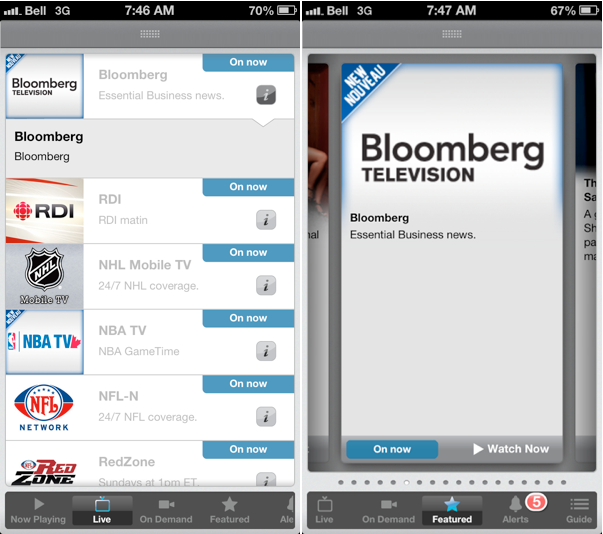

The plaintiffs also sought elevated costs because Bell cited 753 prior art references in its statement of defence and counterclaim. No aggravated costs were awarded to the plaintiffs for the reference to patent trolls. acknowledged that the term patent troll is not complimentary and the plaintiffs might be justified in feeling insulted, the term means different things to different people, and there was no objective untruth in its use, since the plaintiffs are non-practicing entities and it was ultimately shown there was no basis for alleging infringement. The plaintiffs also sought aggravated costs regardless of the outcome in view of a statement in Bell’s statement of defence to the effect that the plaintiffs were “patent trolls.” While Locke J.
#Mediatube vs bell trial#
held that the plaintiffs had the necessary information to conclude there was no infringement as of February 2016, which was long before the trial took place in September 2016.

rejected this assertion, and held that Bell could not reasonably be expected to be aware of the plaintiffs’ theory of infringement from the outset, and that once the heightened importance of certain questions was apparent, Bell acted in good faith and promptly provided more detailed information to the plaintiffs. The plaintiffs alleged the subsequent delivery of corrected answers effectively robbed them of the opportunity to decide whether to proceed to trial or not, resulting in wasted time and expense. Beginning on January 31, 2016, and continuing over the coming months, Bell began providing the plaintiffs with “corrected” answers to certain questions that dealt with the system architecture of the various IPTV services at issue, which were critical to the plaintiffs’ theory of infringement. Over the course of the action, Bell Canada had provided answers to questions on examination for discovery. This serves as a useful reminder that when drafting a patent, it is best to state alternate embodiments and possibilities explicitly, rather than resorting to arguments that the scope of a key feature would be well known to a person skilled in the art. arrived at this conclusion by noting a) the specification was silent as to the character of the demodulated signals, b) the specification discussed other signals at length in terms of being analog and/or digital, and c) the fact that digital signals were well known and not discussed gave rise to an inference that they were perhaps not contemplated by the inventor. identified four claim elements that were not present in any of Bell’s systems.Īmong the notable findings was that the claimed “demodulated input signals” (signals that are transmitted to, e.g., a television) were limited to analog signals only, which effectively extinguished any chance of a finding of infringement by any of Bell’s IPTV systems, which rely on digital signals. The ‘477 patent was found to be valid but not infringed.

nevertheless performed standard analyses for claim construction, validity, and infringement for the claims that were not ultimately withdrawn by the plaintiffs. While much of the decision focused on costs, Locke J. However, over the course of the action, nearly all of claims related to infringement were withdrawn by the plaintiffs, and the issue of cost consequences arising from the behaviour of both the plaintiffs and the defendant became central to the action. This patent dealt with systems and methods for redistributing audio/visual signals to a plurality of communication interfaces (e.g., television sets) over conductors.
#Mediatube vs bell tv#
Here, the plaintiffs brought an action for patent infringement, alleging Bell’s FibeTV and FibreOp TV services infringed several claims of Canadian Patent No. v Bell Canada, 2017 FC 6, provides a cautionary tale when applying this saying to the realm of patent infringement litigation when there is a low likelihood of success.

As the saying goes: winners never quit, and quitters never win.


 0 kommentar(er)
0 kommentar(er)
